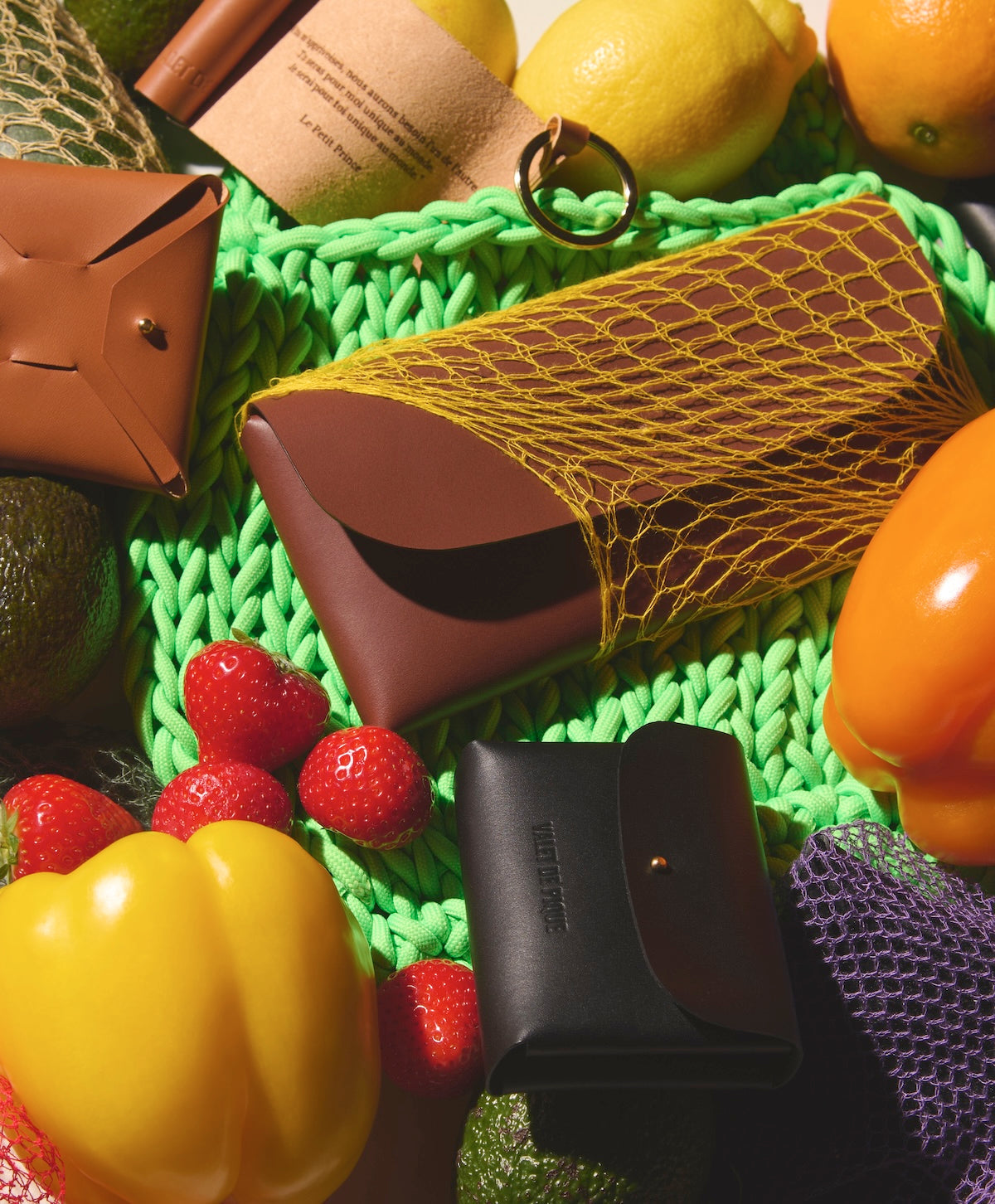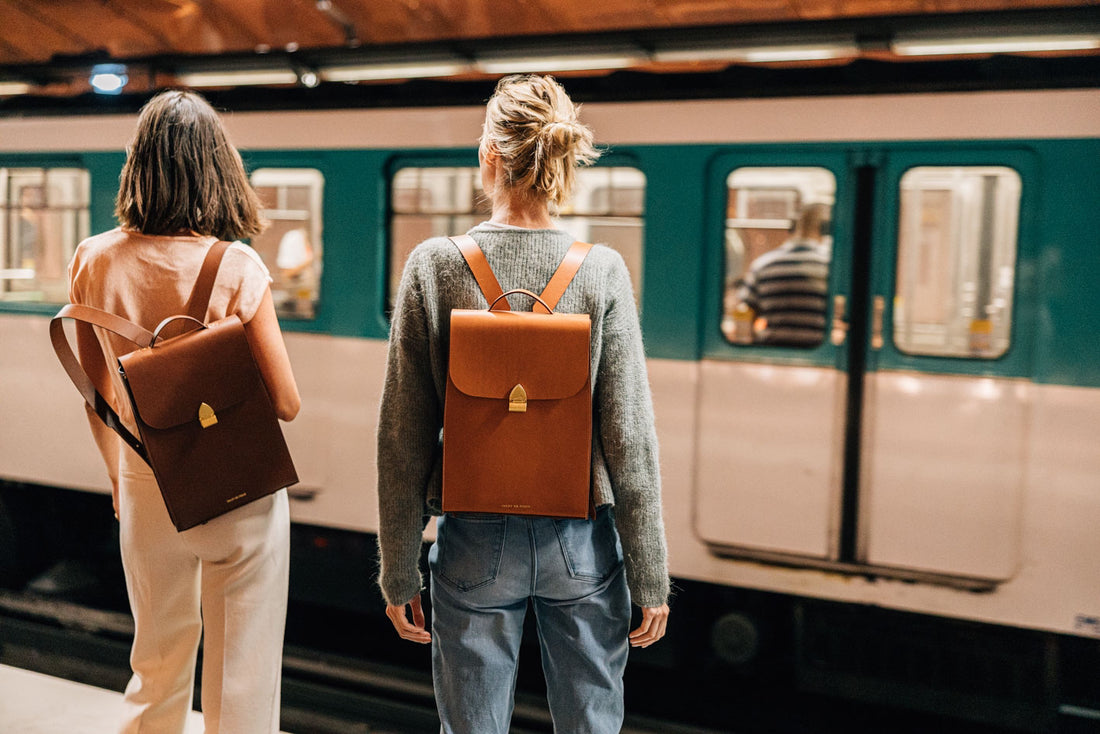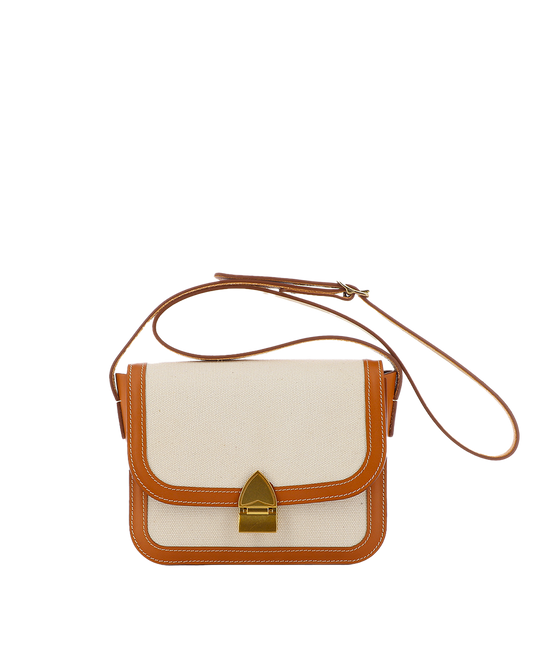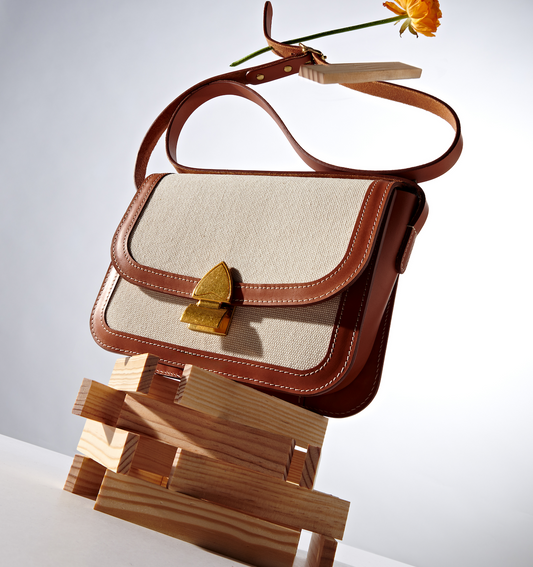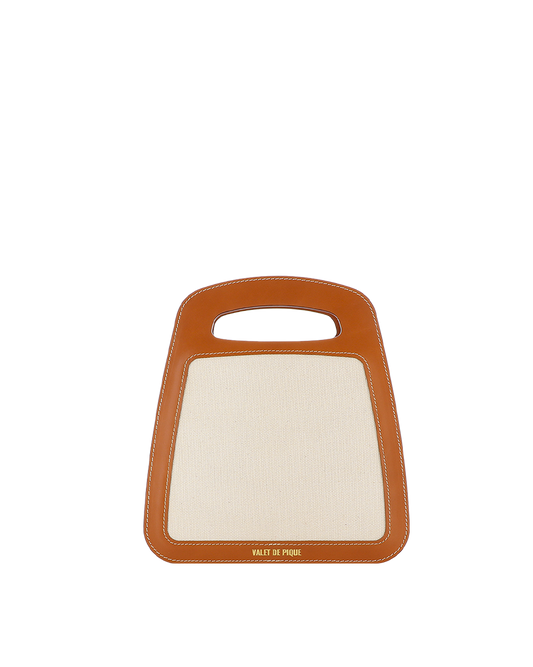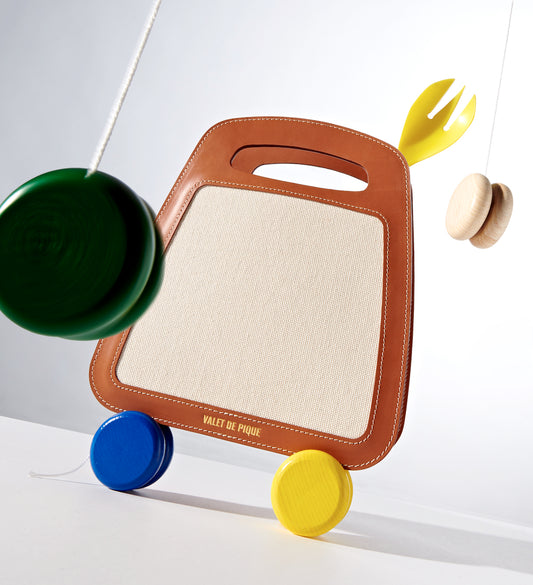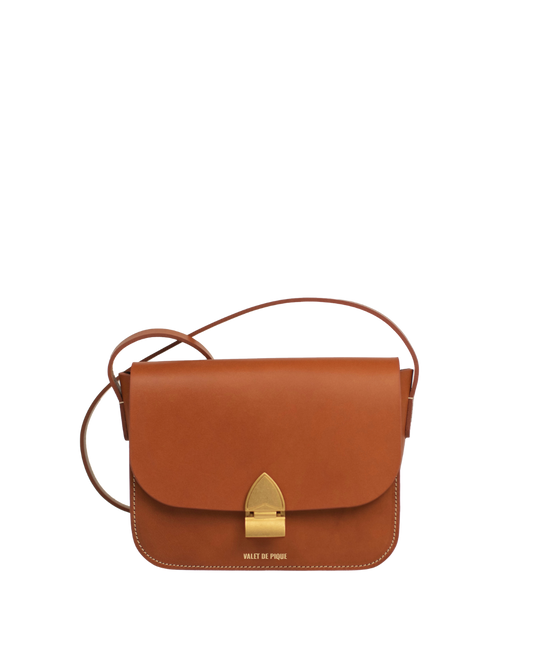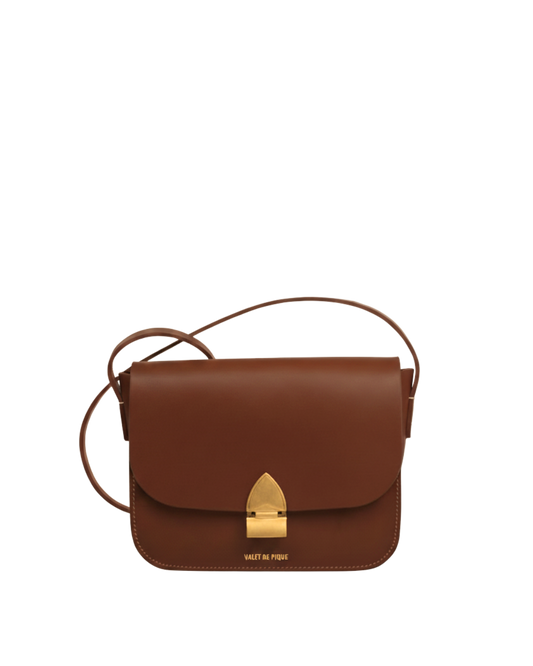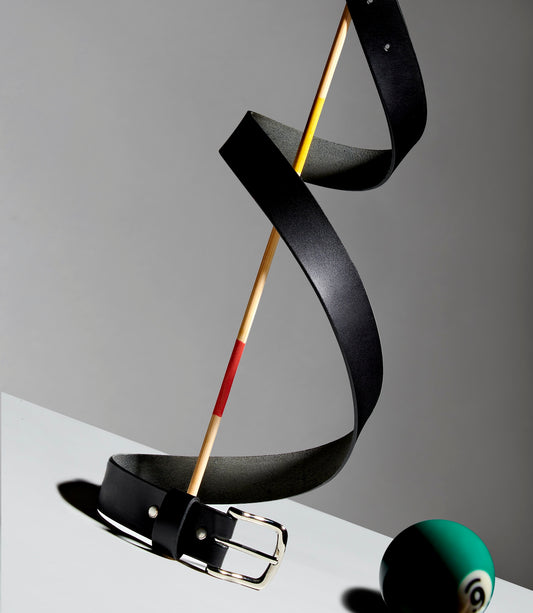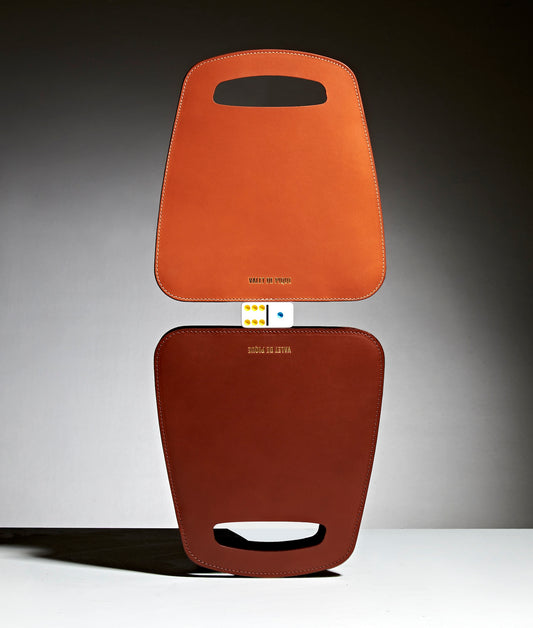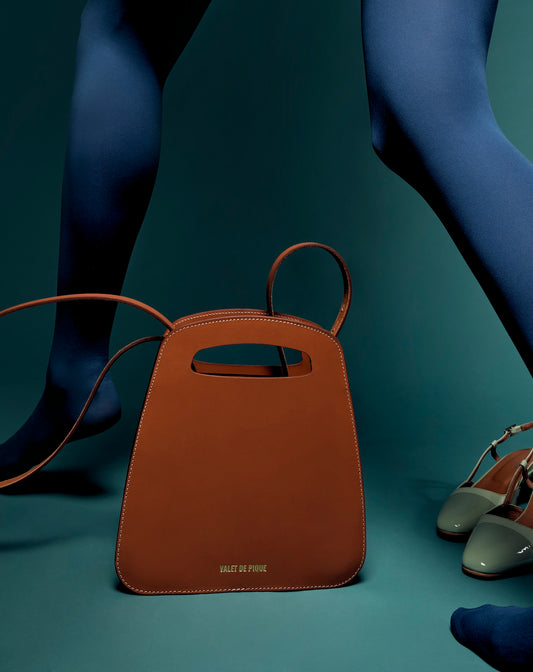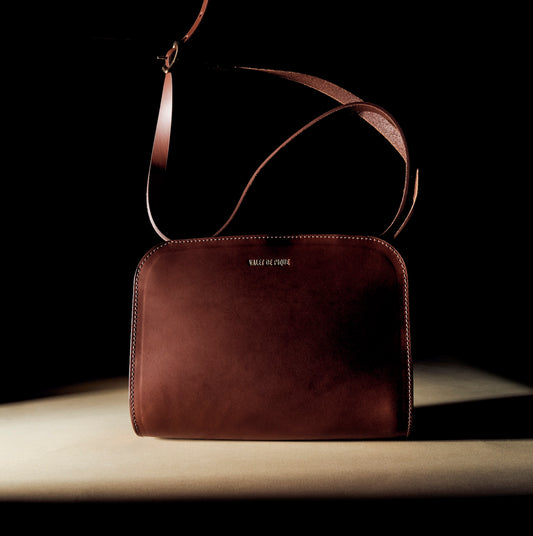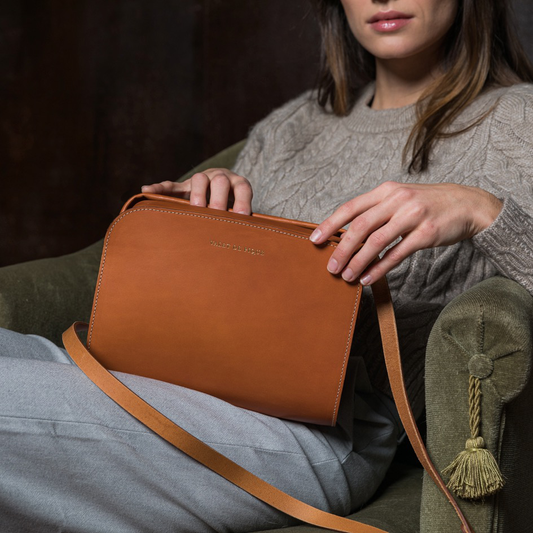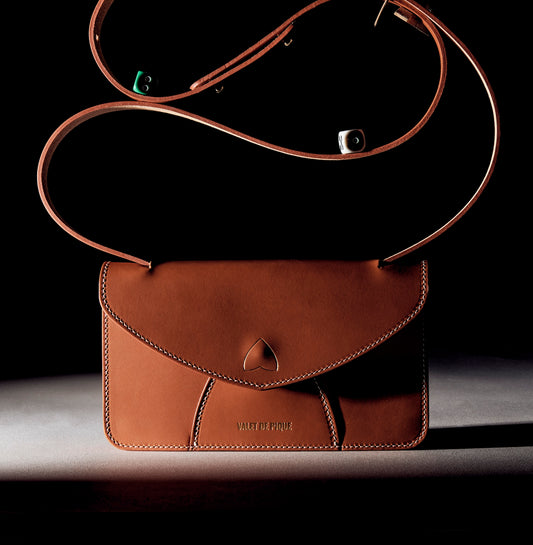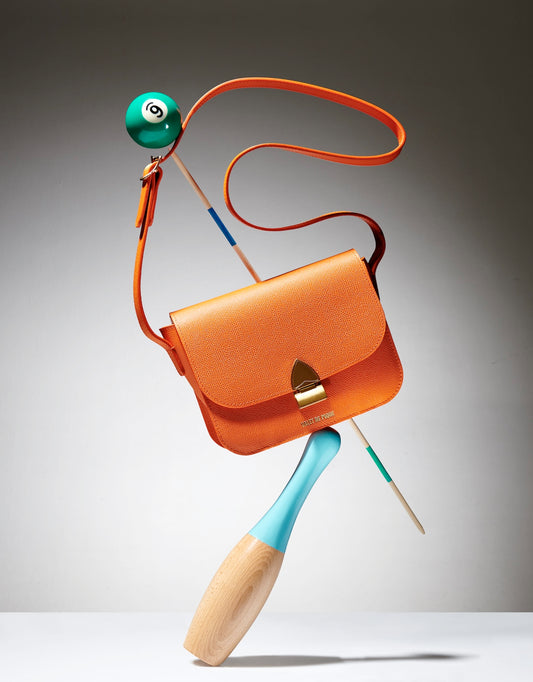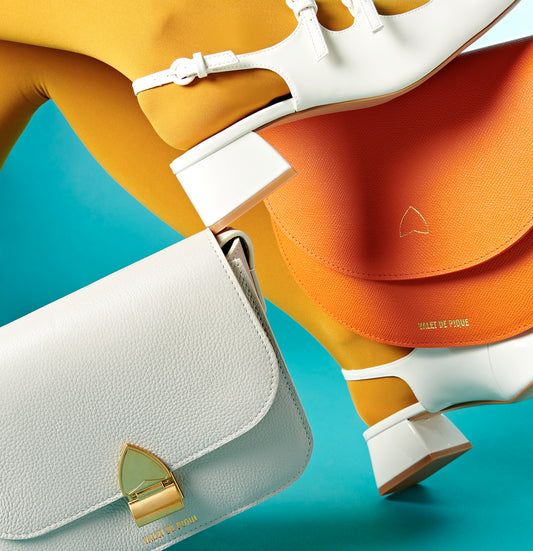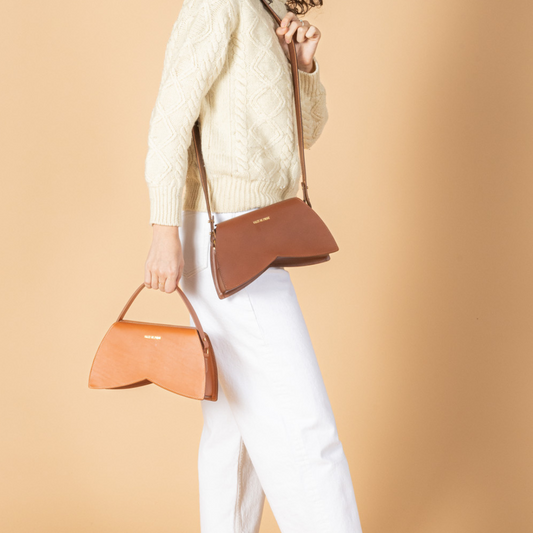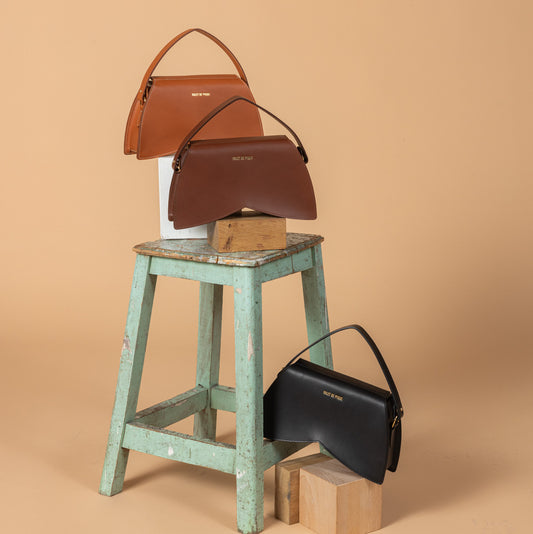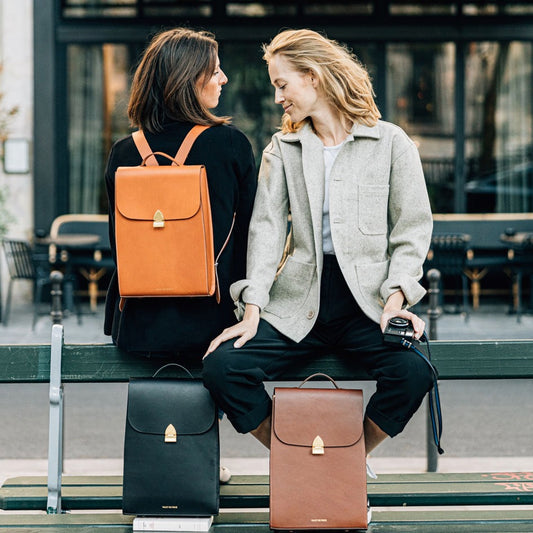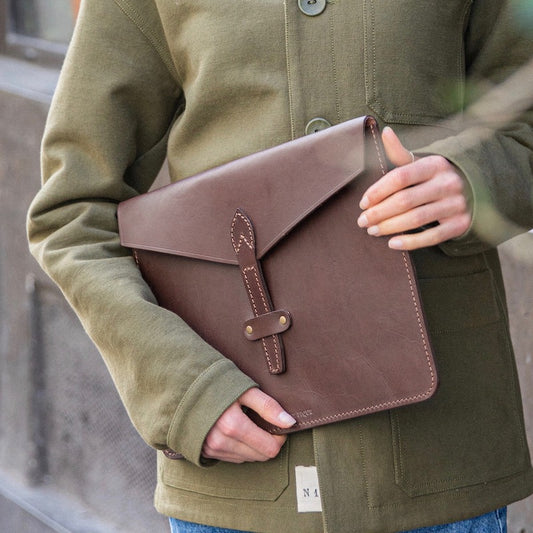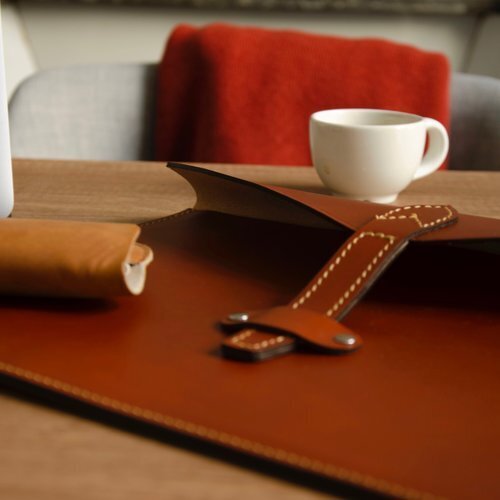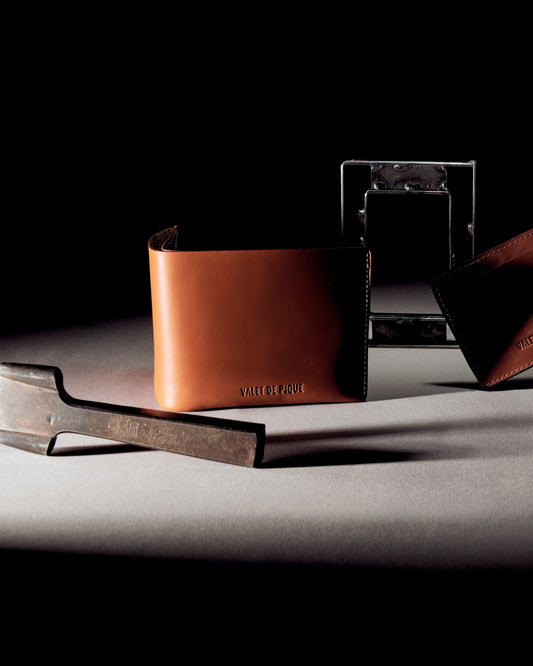The backpack is an indispensable accessory for many people: professionals, travelers, hikers, students... If the idea of carrying your gear on your back is older than people say, the modern backpack is quite young - it is 100 years old - and has gone through many fashions and changes in a short time.
A LITTLE HISTORY:
History of the backpack: canvas and wood
Traveling in hostile terrain, Scandinavian travelers often needed to carry their belongings on their backs. In an equally frigid environment, the indigenous peoples of the Arctic also relied on backpacks to carry their belongings. Both of these cultures were an indispensable source of inspiration for later designers, whose primary goal was to design the most practical and efficient mountaineering gear possible. In the 11th century wicker hoods were carried on the back. In the 17th century, wooden frames fixed on the back with leather bands were created. These are the ancestors of modern backpacks.
The first step towards the modern backpack came from the fusion of two of the most common designs of the time: the wooden frame and the soft canvas bag. Although imperfect and uncomfortable, its design showed the flaws of the bags of the time. They were either too stiff or too soft, and both caused back and shoulder pain. By using sheet metal to hold the bag away from the body, the backpack reduced this strain.
The Norwegian inventor, Ole Bergan, had a new idea while on a hunting trip in 1908. His soft pack was not really uncomfortable, but it did cause shoulder pain. By bending a piece of juniper wood into a keyhole shape that followed the contours of his back, Bergan was able to hang his soft bag on his back, while maintaining a more comfortable and ergonomic design. He eventually created the lightweight tubular steel bag, which would remain popular for 25 years.
In 1938, Jerry Cunningham was the first to add zippers (or zippered pocket) to backpacks; in 1950, Åke Nordin founded Fjallraven when he made a small canvas bag that fit high and tight on the wearer's back; and in 1952, Dick and Nina Kelty created the modern backpacker's backpack by using surplus aircraft aluminum to make large, lightweight frames for their gear.
The 1960's also saw the advent of the "backpacker", a traveler whose choice of luggage denotes an ideological stance as well as a practical choice for roughing it. Today, the backpack is ubiquitous, from fashion brands to sports accessories to specialized professional equipment.
The brand of leather goods "made in France" Valet de pique has just launched are leather backpack Alphonse. A thick leather bag designed to last for decades in a style resembling the bags of the time.
